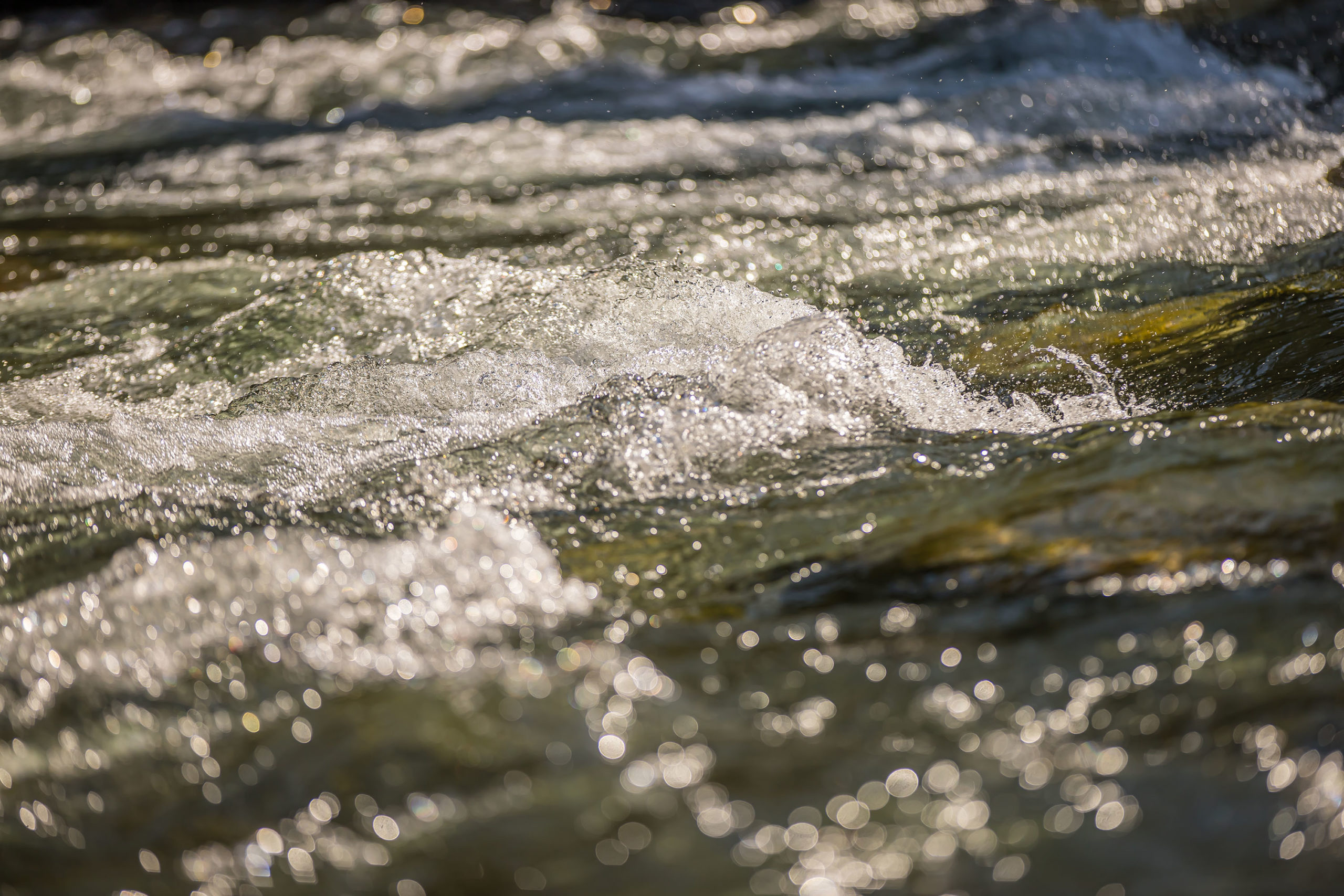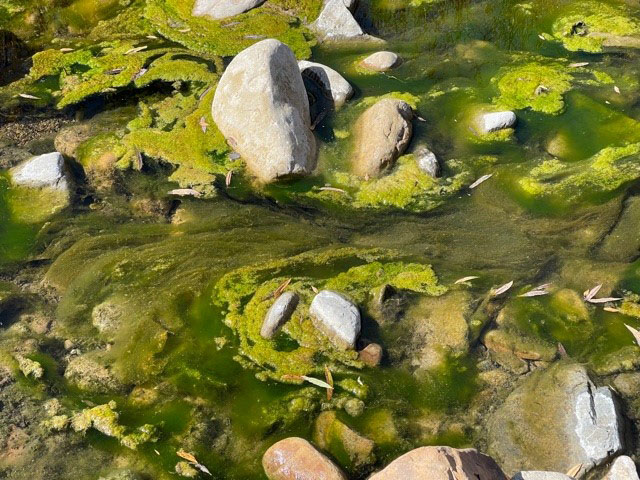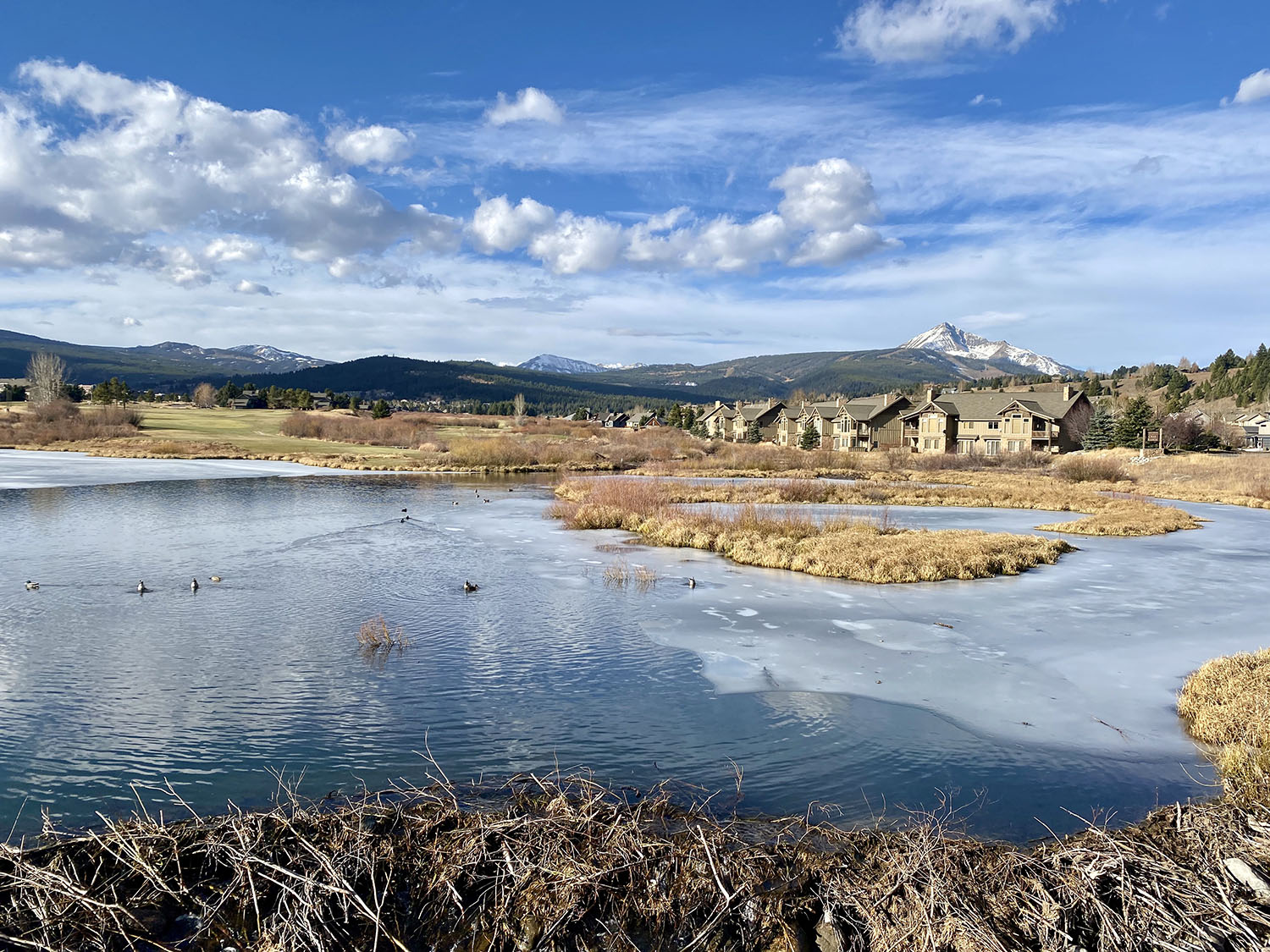Wastewater Treatment
As the only nonprofit focused solely on the upper Gallatin River, the Task Force addresses the biggest potential threats to the river, such as wastewater effluent.
In Big Sky and the Gallatin Canyon corridor, wastewater is managed in several ways. Up to 40% of users are connected to centralized collection and treatment through the Big Sky Water and Sewer District, but over two-dozen public water managers and individual septic systems service the other 60%.


As the only nonprofit focused solely on the upper Gallatin River, the Task Force addresses the biggest potential threats to the river, such as wastewater effluent.
In Big Sky and the Gallatin Canyon corridor, wastewater is managed in several ways. Up to 40% of users are connected to centralized collection and treatment through the Big Sky Water and Sewer District, but over two-dozen public water managers and individual septic systems service the other 60%.
Task Force on the Case

The majority of residents in Gallatin Canyon utilize septic systems for treating and disposing of wastewater. As growth in this area continues, we’ll need to adopt a more sustainable approach.

While centralized wastewater treatment is the best option for river health and water conservation, septic systems will always be a feature of our headwaters community. Ensure you’re doing what you can to be Septic Smart, including regular maintenance and periodic upgrades.

To avoid effluent discharge into the Gallatin River, water operators use treated wastewater to irrigate public spaces, community parks, and local golf courses. A plant upgrade expands reuse options and conserves water in a variety of ways.
Facts & Figures
- Big Sky’s new wastewater treatment plant will reduce harmful bacteria in effluent by 90%, phosphorus by 99%, and nitrogen by 99%.
- Your septic system’s effluent filter should be cleaned every 6 months.
- Regular septic maintenance is required every 3-5 years.
- Up to 26 different public water manager operate in Big Sky.
- Only 40% of residents and businesses are serviced by the Big Sky Water and Sewer District.
